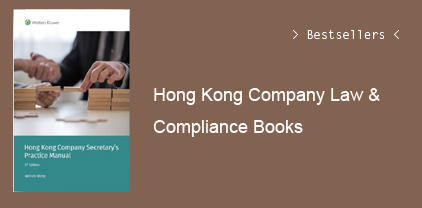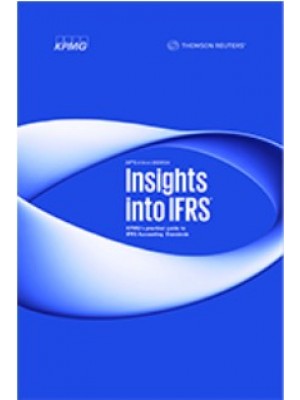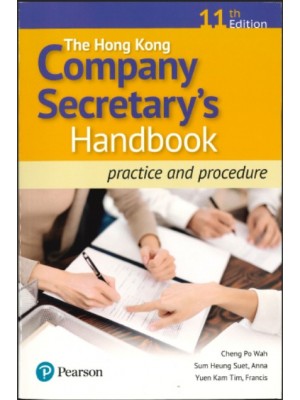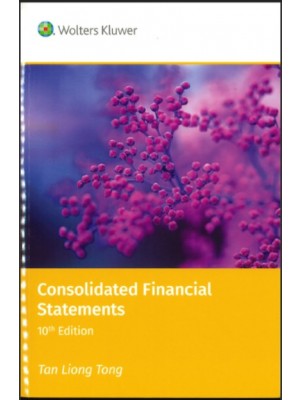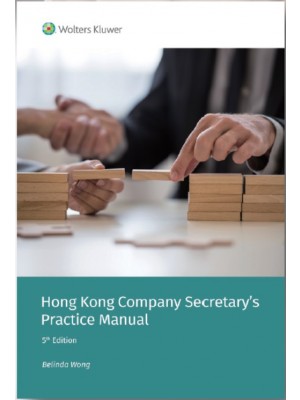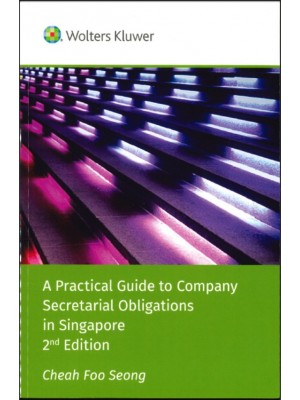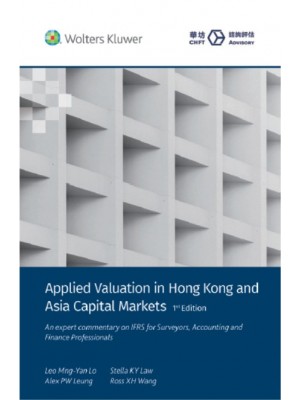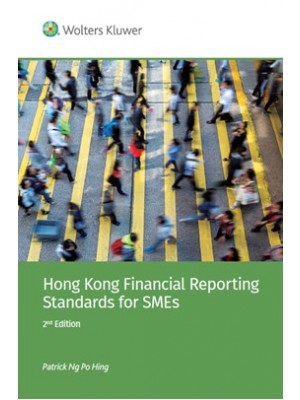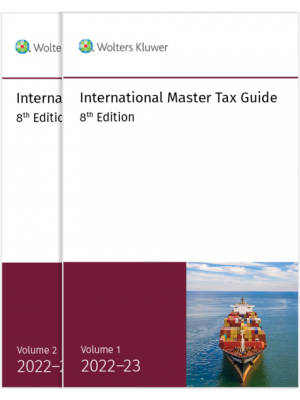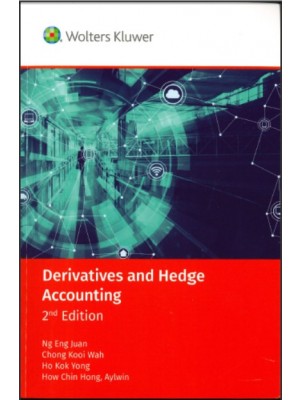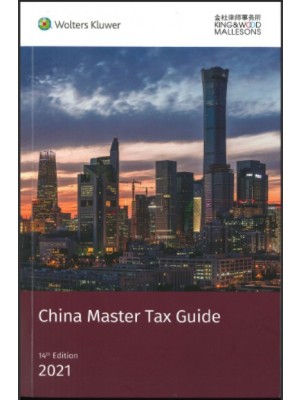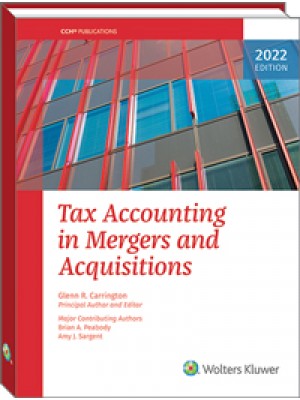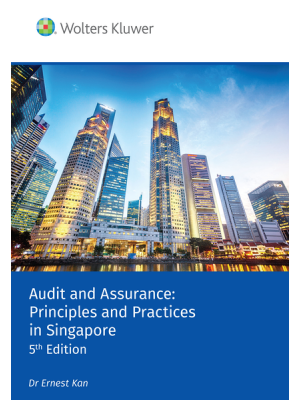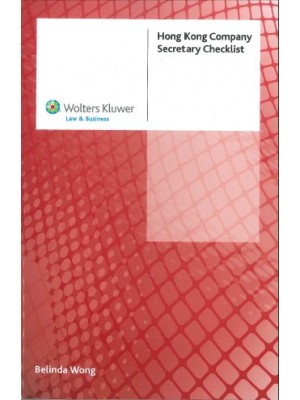Preface xiii
1 Introduction 1
1.1 Basic Challenges in Risk Management 1
1.2 Value at Risk 3
1.3 Further Challenges in Risk Management 6
2 Applied Linear Algebra for Risk Managers 11
2.1 Vectors and Matrices 11
2.2 Matrix Algebra in Practice 17
2.3 Eigenvectors and Eigenvalues 21
2.4 Positive Definite Matrices 24
3 Probability Theory for Risk Managers 27
3.1 Univariate Theory 27
3.1.1 Random variables 27
3.1.2 Expectation 31
3.1.3 Variance 32
3.2 Multivariate Theory 33
3.2.1 The joint distribution function 33
3.2.2 The joint and marginal density functions 34
3.2.3 The notion of independence 34
3.2.4 The notion of conditional dependence 35
3.2.5 Covariance and correlation 35
3.2.6 The mean vector and covariance matrix 37
3.2.7 Linear combinations of random variables 38
3.3 The Normal Distribution 39
4 Optimization Tools 43
4.1 Background Calculus 43
4.1.1 Single-variable functions 43
4.1.2 Multivariable functions 44
4.2 Optimizing Functions 47
4.2.1 Unconstrained quadratic functions 48
4.2.2 Constrained quadratic functions 50
4.3 Over-determined Linear Systems 52
4.4 Linear Regression 54
5 Portfolio Theory I 63
5.1 Measuring Returns 63
5.1.1 A comparison of the standard and log returns 64
5.2 Setting Up the Optimal Portfolio Problem 67
5.3 Solving the Optimal Portfolio Problem 70
6 Portfolio Theory II 77
6.1 The Two-Fund Investment Service 77
6.2 A Mathematical Investigation of the Optimal Frontier 78
6.2.1 The minimum variance portfolio 78
6.2.2 Covariance of frontier portfolios 78
6.2.3 Correlation with the minimum variance portfolio 79
6.2.4 The zero-covariance portfolio 79
6.3 A Geometrical Investigation of the Optimal Frontier 80
6.3.1 Equation of a tangent to an efficient portfolio 80
6.3.2 Locating the zero-covariance portfolio 82
6.4 A Further Investigation of Covariance 83
6.5 The Optimal Portfolio Problem Revisited 86
7 The Capital Asset Pricing Model (CAPM) 91
7.1 Connecting the Portfolio Frontiers 91
7.2 The Tangent Portfolio 94
7.2.1 The market’s supply of risky assets 94
7.3 The CAPM 95
7.4 Applications of CAPM 96
7.4.1 Decomposing risk 97
8 Risk Factor Modelling 101
8.1 General Factor Modelling 101
8.2 Theoretical Properties of the Factor Model 102
8.3 Models Based on Principal Component Analysis (PCA) 105
8.3.1 PCA in two dimensions 106
8.3.2 PCA in higher dimensions 112
9 The Value at Risk Concept 117
9.1 A Framework for Value at Risk 117
9.1.1 A motivating example 120
9.1.2 Defining value at risk 121
9.2 Investigating Value at Risk 122
9.2.1 The suitability of value at risk to capital allocation 124
9.3 Tail Value at Risk 126
9.4 Spectral Risk Measures 127
10 Value at Risk under a Normal Distribution 131
10.1 Calculation of Value at Risk 131
10.2 Calculation of Marginal Value at Risk 132
10.3 Calculation of Tail Value at Risk 134
10.4 Sub-additivity of Normal Value at Risk 135
11 Advanced Probability Theory for Risk Managers 137
11.1 Moments of a Random Variable 137
11.2 The Characteristic Function 140
11.2.1 Dealing with the sum of several random variables 142
11.2.2 Dealing with a scaling of a random variable 143
11.2.3 Normally distributed random variables 143
11.3 The Central Limit Theorem 145
11.4 The Moment-Generating Function 147
11.5 The Log-normal Distribution 148
12 A Survey of Useful Distribution Functions 151
12.1 The Gamma Distribution 151
12.2 The Chi-Squared Distribution 154
12.3 The Non-central Chi-Squared Distribution 157
12.4 The F-Distribution 161
12.5 The t-Distribution 164
13 A Crash Course on Financial Derivatives 169
13.1 The Black–Scholes Pricing Formula 169
13.1.1 A model for asset returns 170
13.1.2 A second-order approximation 172
13.1.3 The Black–Scholes formula 174
13.2 Risk-Neutral Pricing 176
13.3 A Sensitivity Analysis 179
13.3.1 Asset price sensitivity: The delta and gamma measures 179
13.3.2 Time decay sensitivity: The theta measure 182
13.3.3 The remaining sensitivity measures 183
14 Non-linear Value at Risk 185
14.1 Linear Value at Risk Revisited 185
14.2 Approximations for Non-linear Portfolios 186
14.2.1 Delta approximation for the portfolio 188
14.2.2 Gamma approximation for the portfolio 189
14.3 Value at Risk for Derivative Portfolios 190
14.3.1 Multi-factor delta approximation 190
14.3.2 Single-factor gamma approximation 191
14.3.3 Multi-factor gamma approximation 192
15 Time Series Analysis 197
15.1 Stationary Processes 197
15.1.1 Purely random processes 198
15.1.2 White noise processes 198
15.1.3 Random walk processes 199
15.2 Moving Average Processes 199
15.3 Auto-regressive Processes 201
15.4 Auto-regressive Moving Average Processes 203
16 Maximum Likelihood Estimation 207
16.1 Sample Mean and Variance 209
16.2 On the Accuracy of Statistical Estimators 211
16.2.1 Sample mean example 211
16.2.2 Sample variance example 212
16.3 The Appeal of the Maximum Likelihood Method 215
17 The Delta Method for Statistical Estimates 217
17.1 Theoretical Framework 217
17.2 Sample Variance 219
17.3 Sample Skewness and Kurtosis 221
17.3.1 Analysis of skewness 222
17.3.2 Analysis of kurtosis 223
18 Hypothesis Testing 227
18.1 The Testing Framework 227
18.1.1 The null and alternative hypotheses 227
18.1.2 Hypotheses: simple vs compound 228
18.1.3 The acceptance and rejection regions 228
18.1.4 Potential errors 229
18.1.5 Controlling the testing errors/defining the acceptance region 229
18.2 Testing Simple Hypotheses 230
18.2.1 Testing the mean when the variance is known 231
18.3 The Test Statistic 233
18.3.1 Example: Testing the mean when the variance is unknown 234
18.3.2 The p-value of a test statistic 236
18.4 Testing Compound Hypotheses 237
19 Statistical Properties of Financial Losses 241
19.1 Analysis of Sample Statistics 244
19.2 The Empirical Density and Q–Q Plots 247
19.3 The Auto-correlation Function 247
19.4 The Volatility Plot 252
19.5 The Stylized Facts 253
20 Modelling Volatility 255
20.1 The RiskMetrics Model 256
20.2 ARCH Models 258
20.2.1 The ARCH(1) volatility model 260
20.3 GARCH Models 264
20.3.1 The GARCH(1, 1) volatility model 265
20.3.2 The RiskMetrics model revisited 268
20.3.3 Summary 269
20.4 Exponential GARCH 269
21 Extreme Value Theory 271
21.1 The Mathematics of Extreme Events 271
21.1.1 A naive attempt 273
21.1.2 Example 1: Exponentially distributed losses 273
21.1.3 Example 2: Normally distributed losses 274
21.1.4 Example 3: Pareto distributed losses 275
21.1.5 Example 4: Uniformly distributed losses 275
21.1.6 Example 5: Cauchy distributed losses 276
21.1.7 The extreme value theorem 277
21.2 Domains of Attraction 278
21.2.1 The Fr´echet domain of attraction 280
21.3 Extreme Value at Risk 283
21.4 Practical Issues 286
21.4.1 Parameter estimation 286
21.4.2 The choice of threshold 287
22 Simulation Models 291
22.1 Estimating the Quantile of a Distribution 291
22.1.1 Asymptotic behaviour 293
22.2 Historical Simulation 296
22.3 Monte Carlo Simulation 299
22.3.1 The Choleski algorithm 300
22.3.2 Generating random numbers 302
23 Alternative Approaches to VaR 309
23.1 The t-Distributed Assumption 309
23.2 Corrections to the Normal Assumption 313
24 Backtesting 319
24.1 Quantifying the Performance of VaR 319
24.2 Testing the Proportion of VaR Exceptions 320
24.3 Testing the Independence of VaR Exceptions 323
References 327
Index 331



